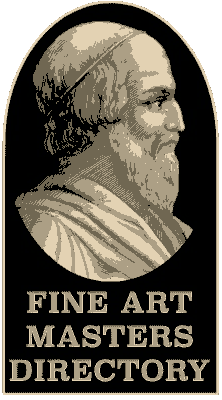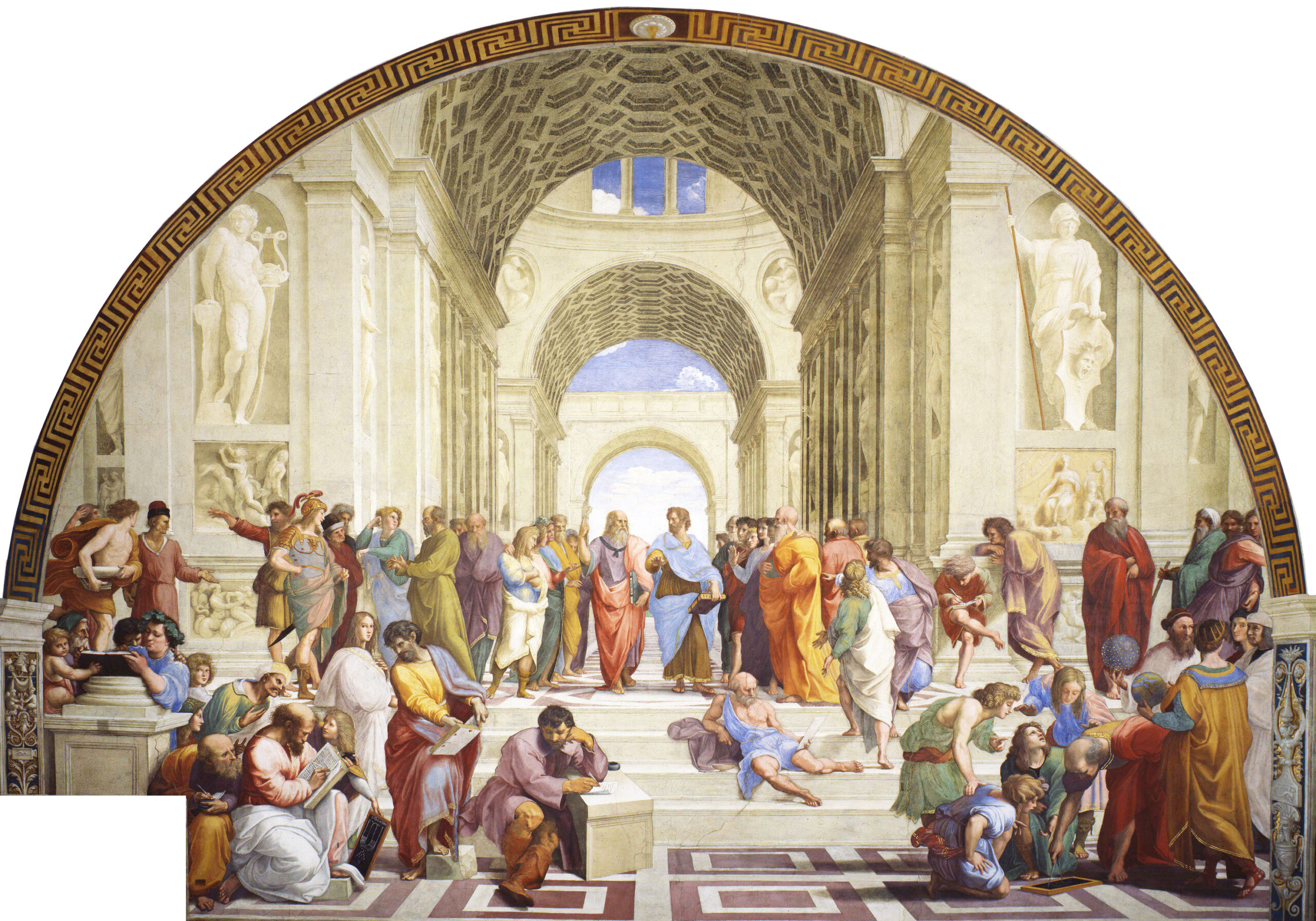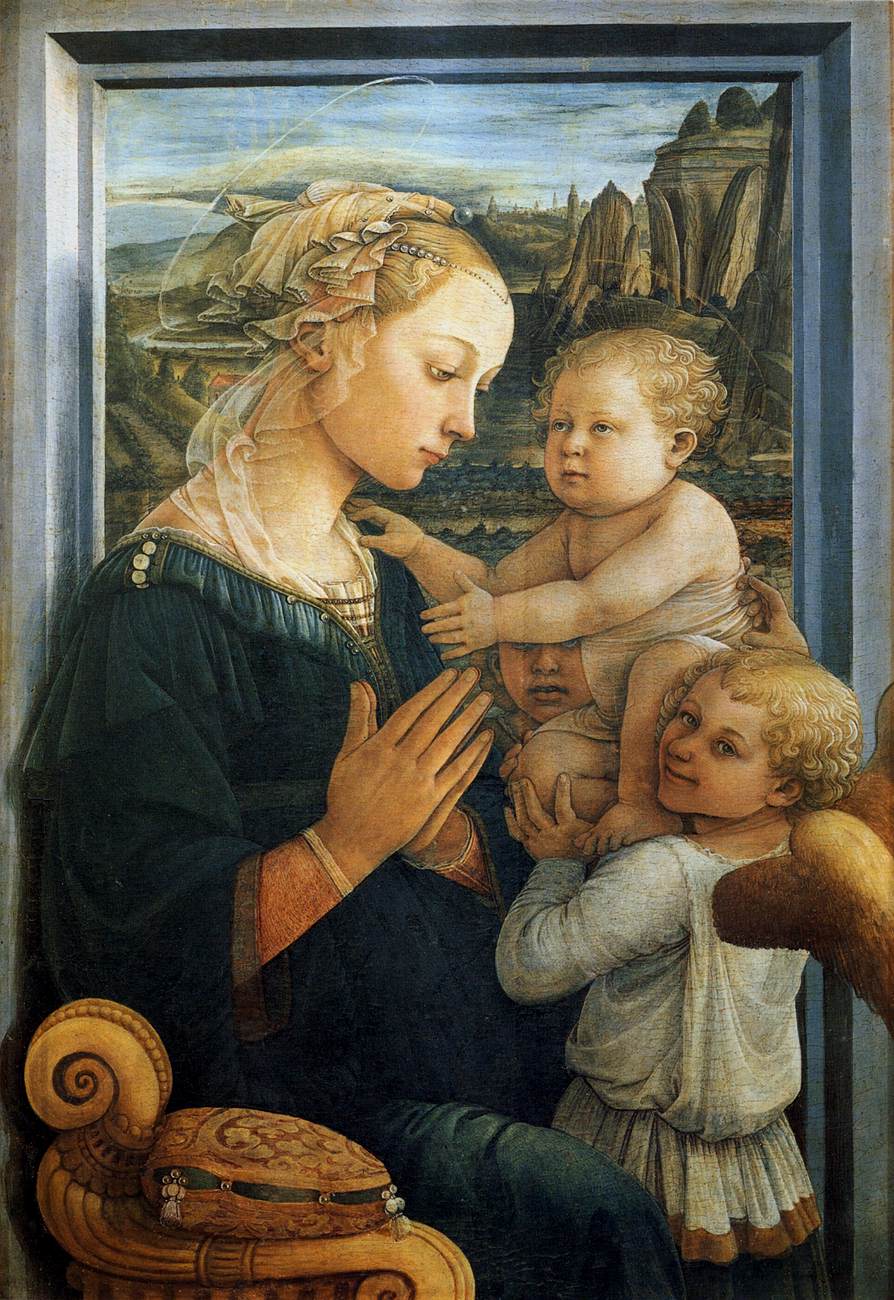Gentile Bellini (c. 1429 – 23 February 1507) was an Italian painter of the school of Venice. He came from Venice’s leading family of painters, and at least in the early part of his career was more highly regarded than his younger brother Giovanni Bellini, the reverse of the case today. From 1474 he was the official portrait artist for the Doges of Venice, and as well as his portraits he painted a number of very large subjects with multitudes of figures, especially for the Scuole Grandi of Venice, wealthy confraternities that were very important in Venetian patrician social life.[1]
In 1479 he was sent to Constantinople by the Venetian government when the Ottoman Sultan Mehmed II requested an artist; he returned the next year. Thereafter a number of his subjects were set in the East, and he is one of the founders of the Orientalist tradition in Western painting. His portrait of the Sultan was also copied in paintings and prints and became known all over Europe.[1]
…
Bellini’s most important paintings, the monumental canvases in the Doge’s Palace in Venice, were destroyed by fire in 1577. Only a few of his other works remain, namely the large narrative paintings The Procession in Piazza San Marco (above left) and The Preaching of Saint Mark in Alexandria (above right), produced in his final years. Little remains of Gentile’s art from the 1470s and 1480s, except for the works made in Constantinople. Moreover, many workshop paintings and drawings have been assigned to Gentile Bellini. This has had the unfortunate consequence of confirming his reputation as an awkward artist, especially in comparison with his beloved brother Giovanni. Gentile’s fall from popular favor seems to have begun shortly after his death; by 1557 Lodovico Dolce made a rather acerbic comment about him as an early teacher of Titian:
Titian could not bear to follow the dry and labored manner of Gentile… Because of this, leaving this awkward Gentile, Titian attached himself to Giovanni Bellini: but his style did not entirely please him either, and he sought out Giorgione.[9]
He was interred in the Basilica di San Giovanni e Paolo, a traditional burial place of the doges.
In recent years, Gentile has once again generated interest, especially in a recent spate of scholarly publications and exhibitions on the subject of cross-cultural exchange between Europe and the Levant.[10]

























